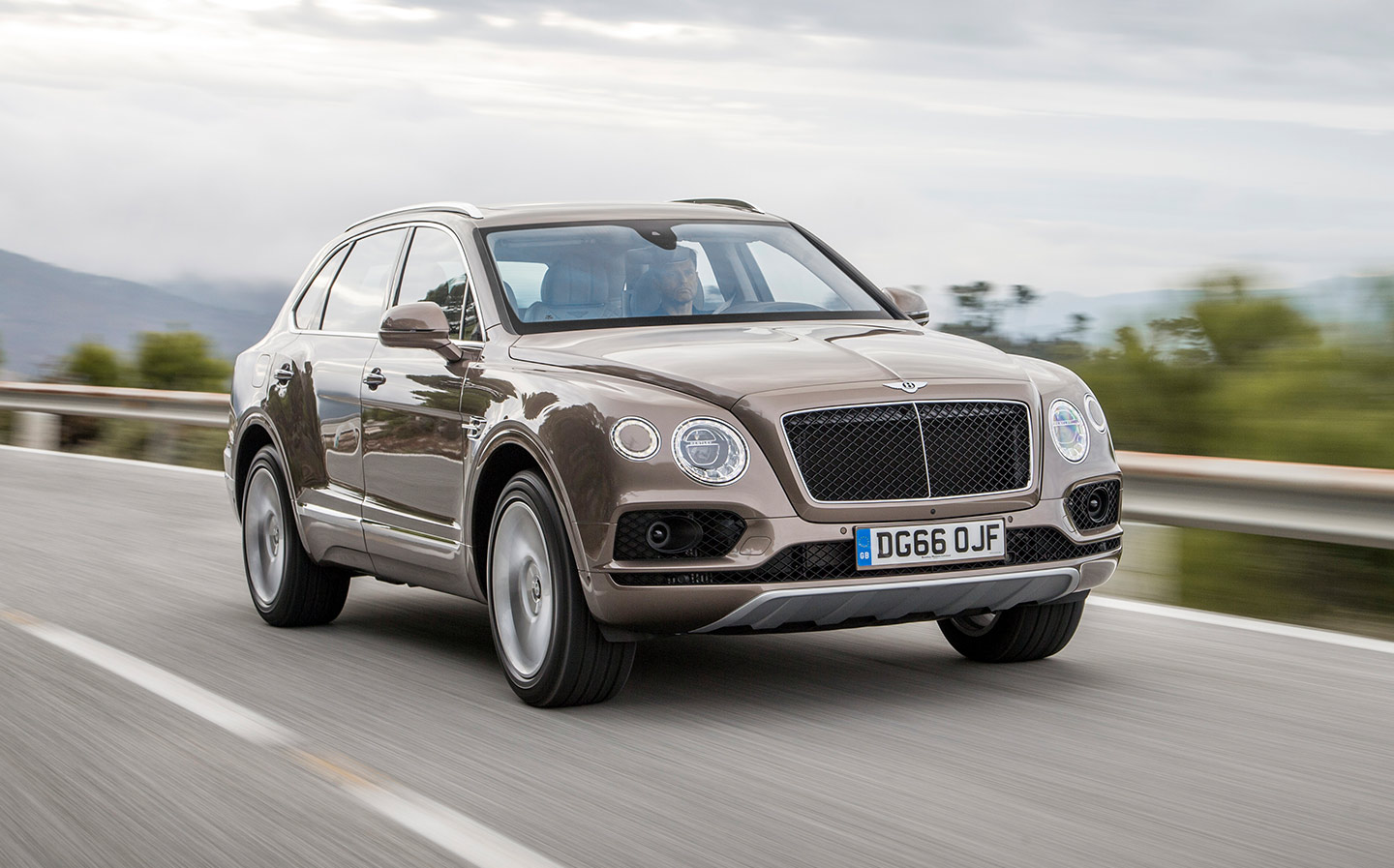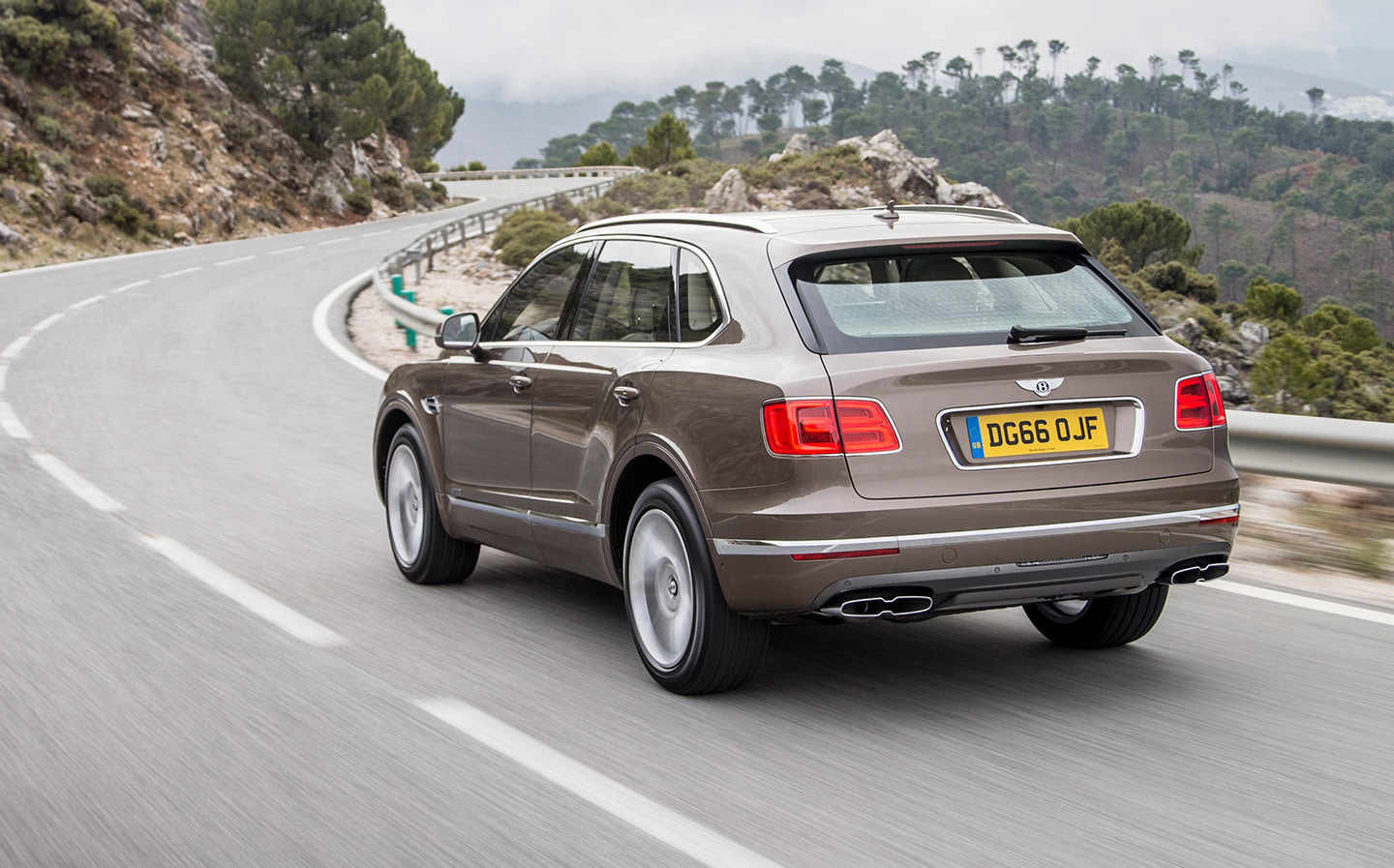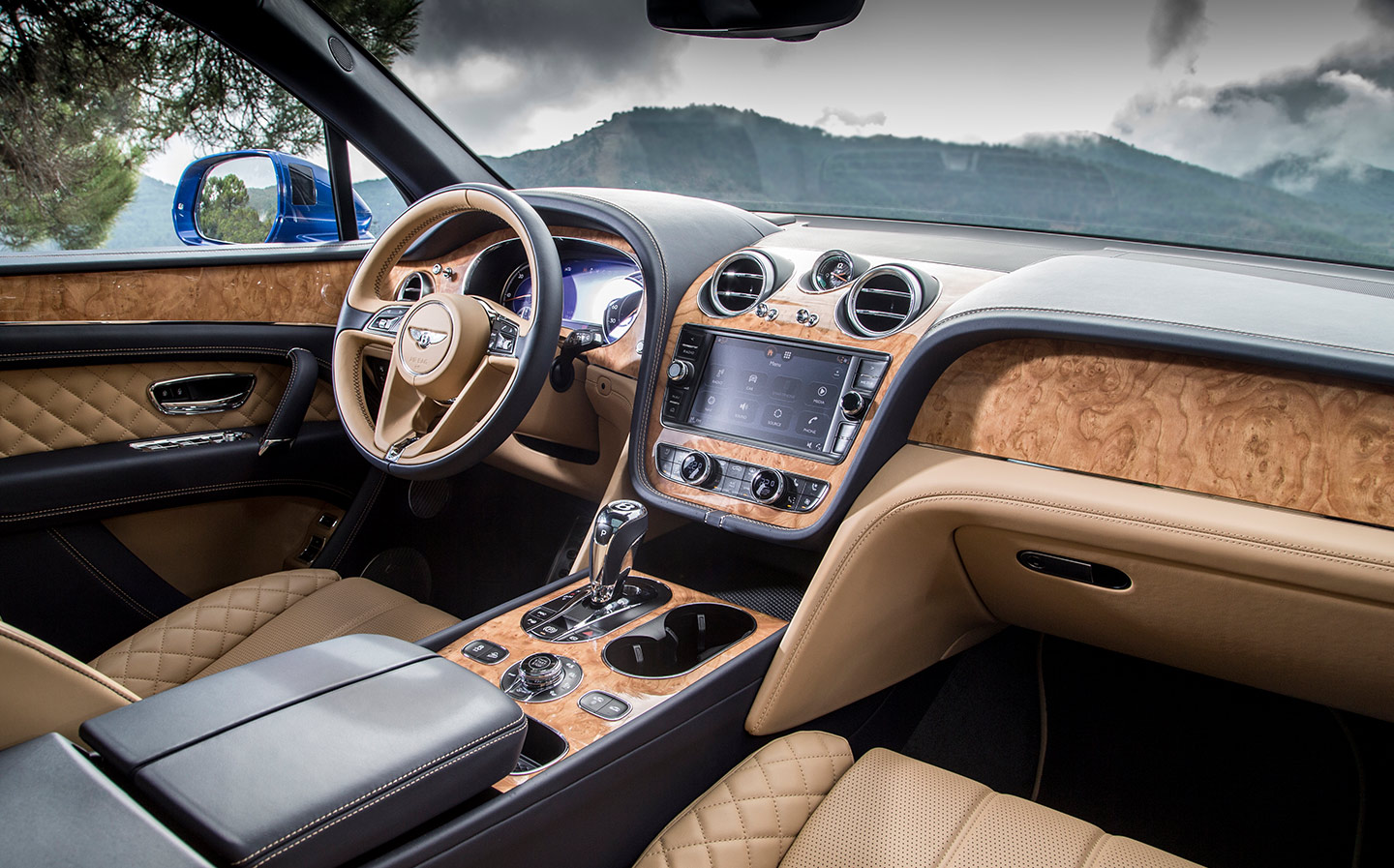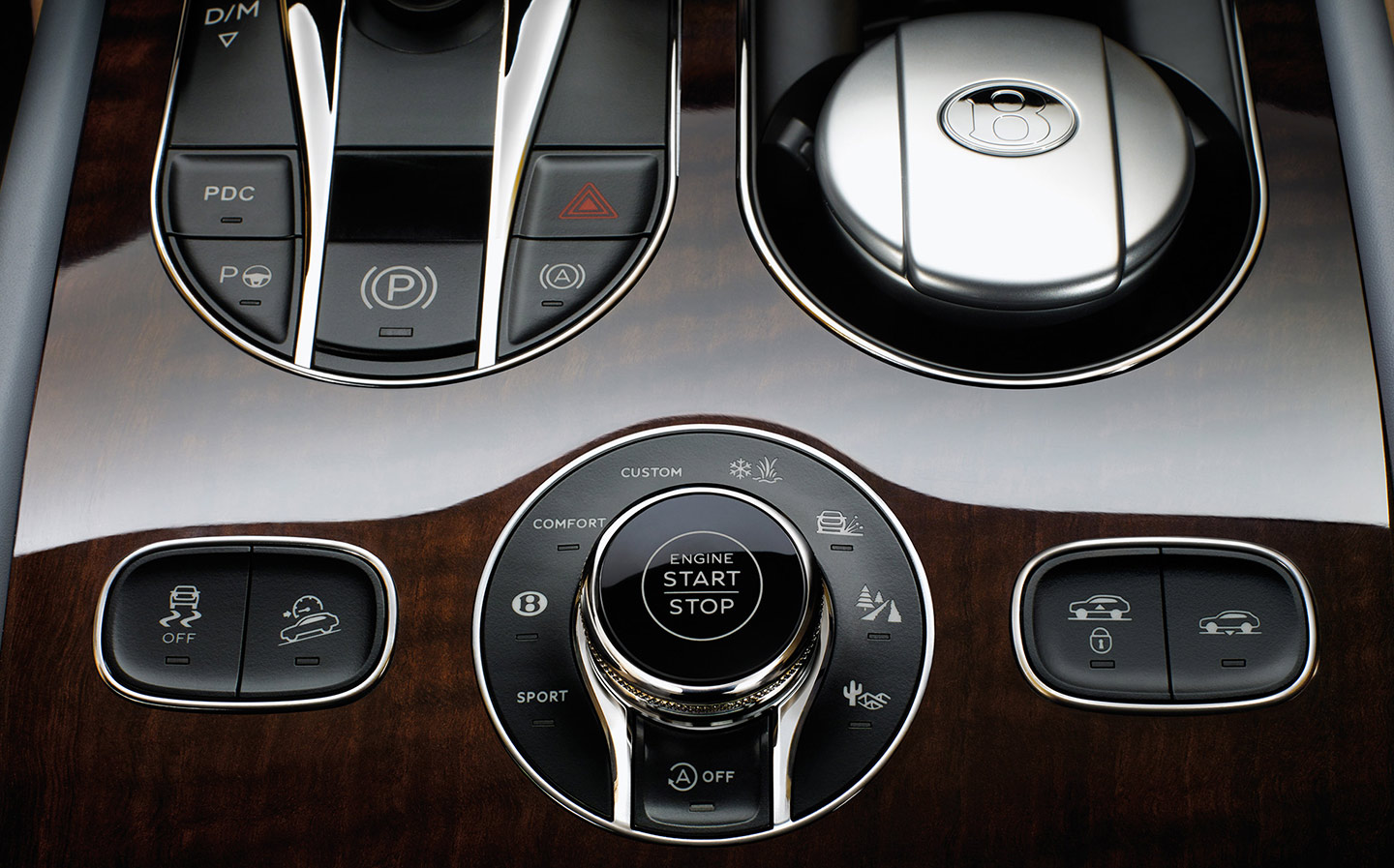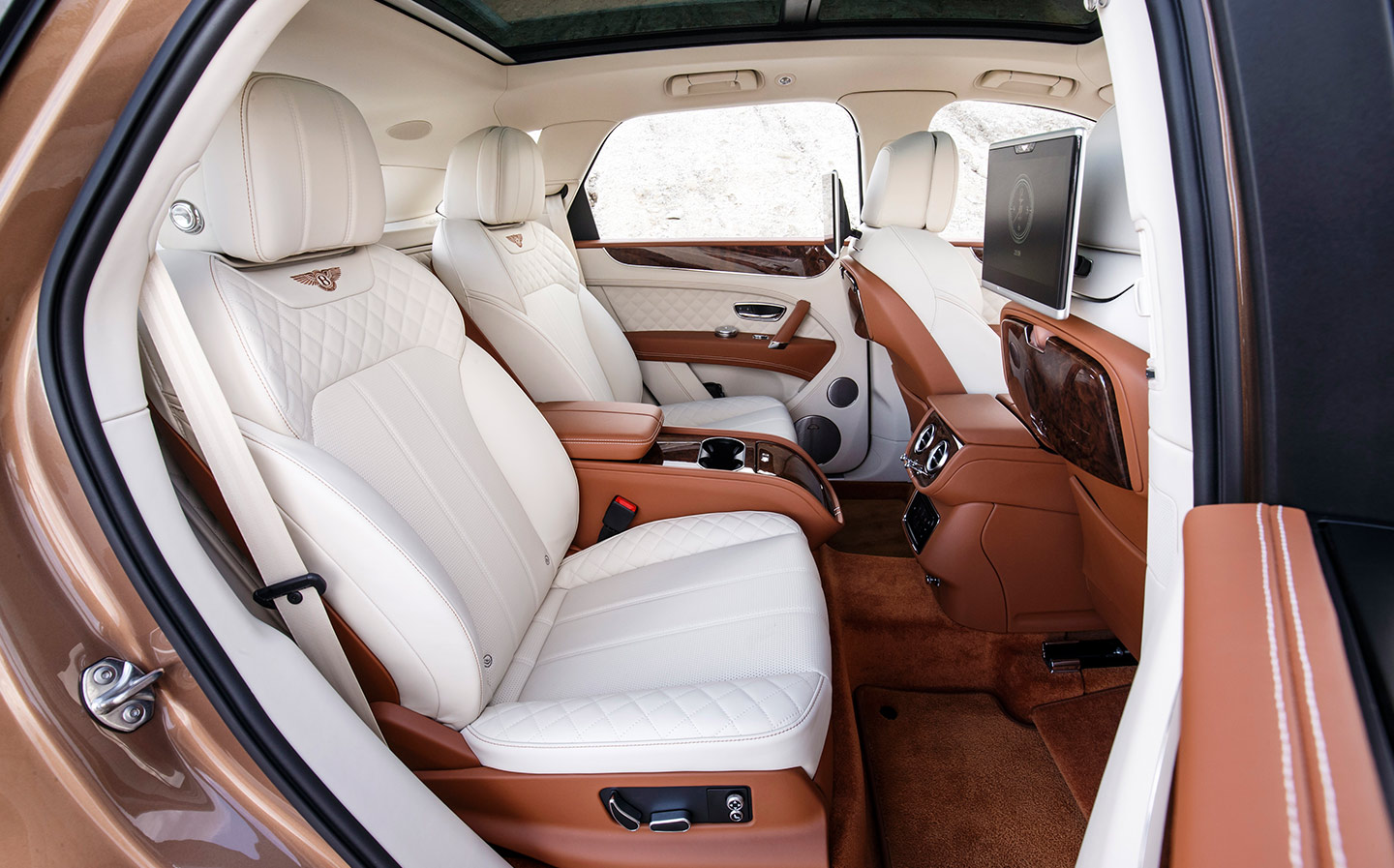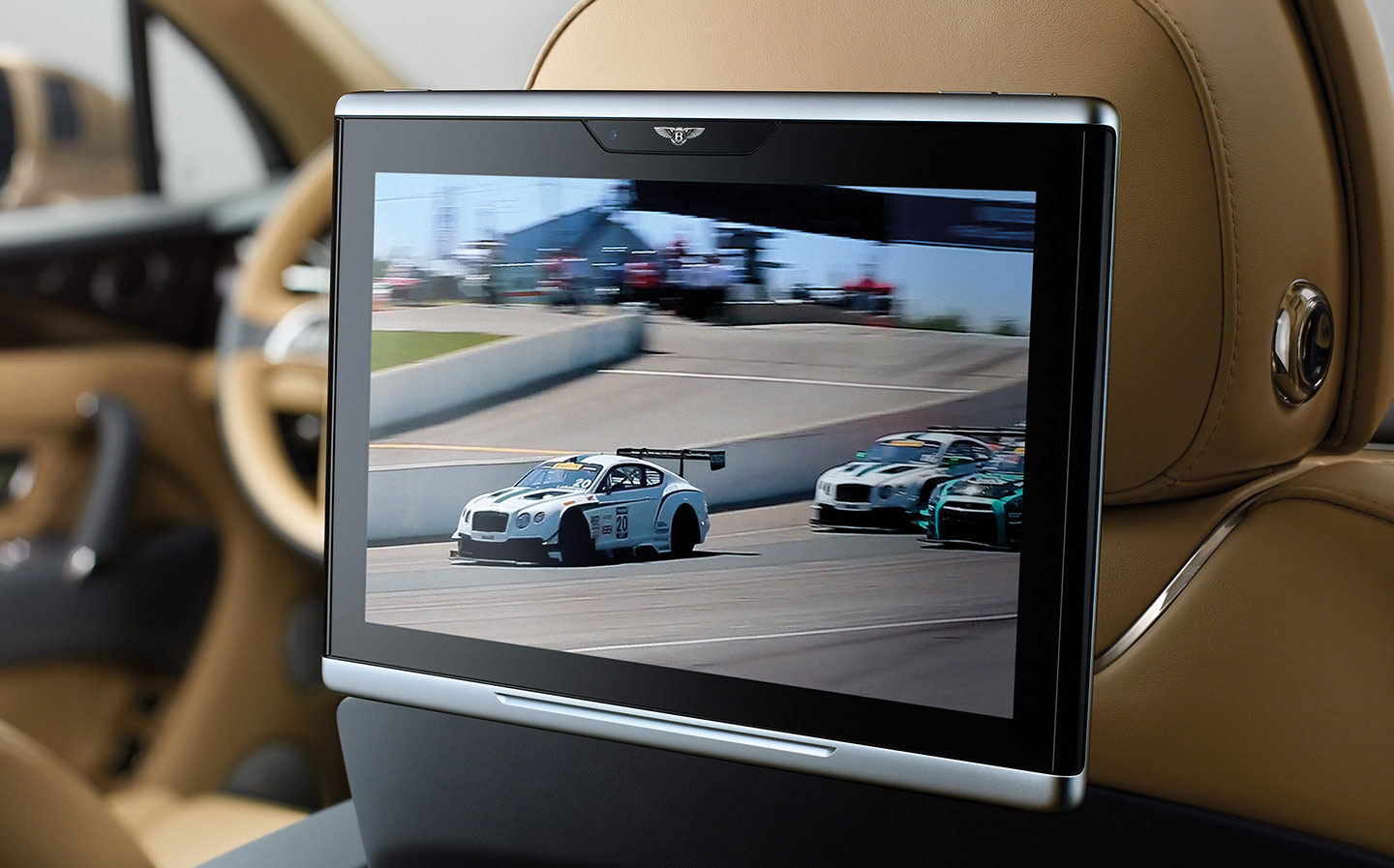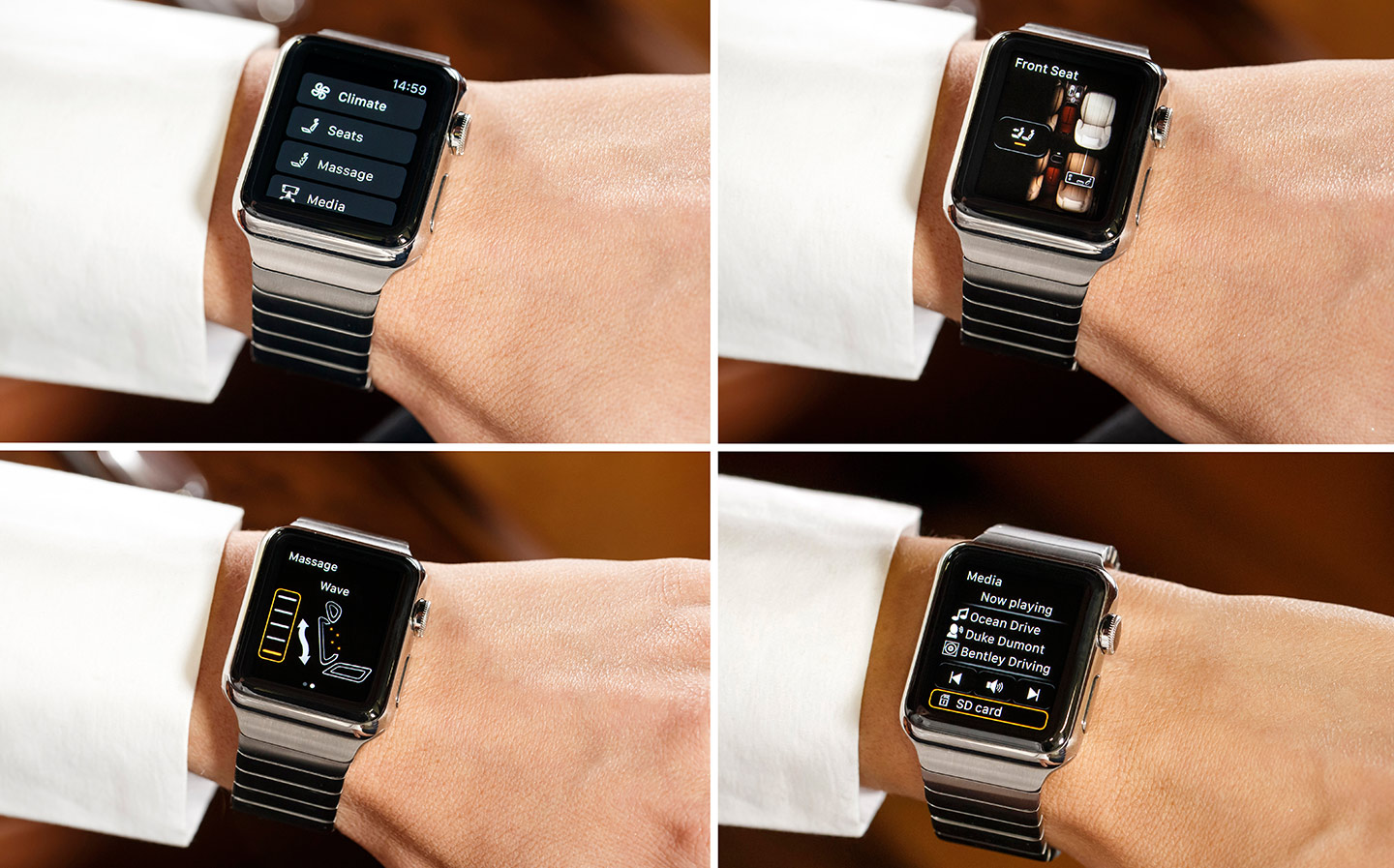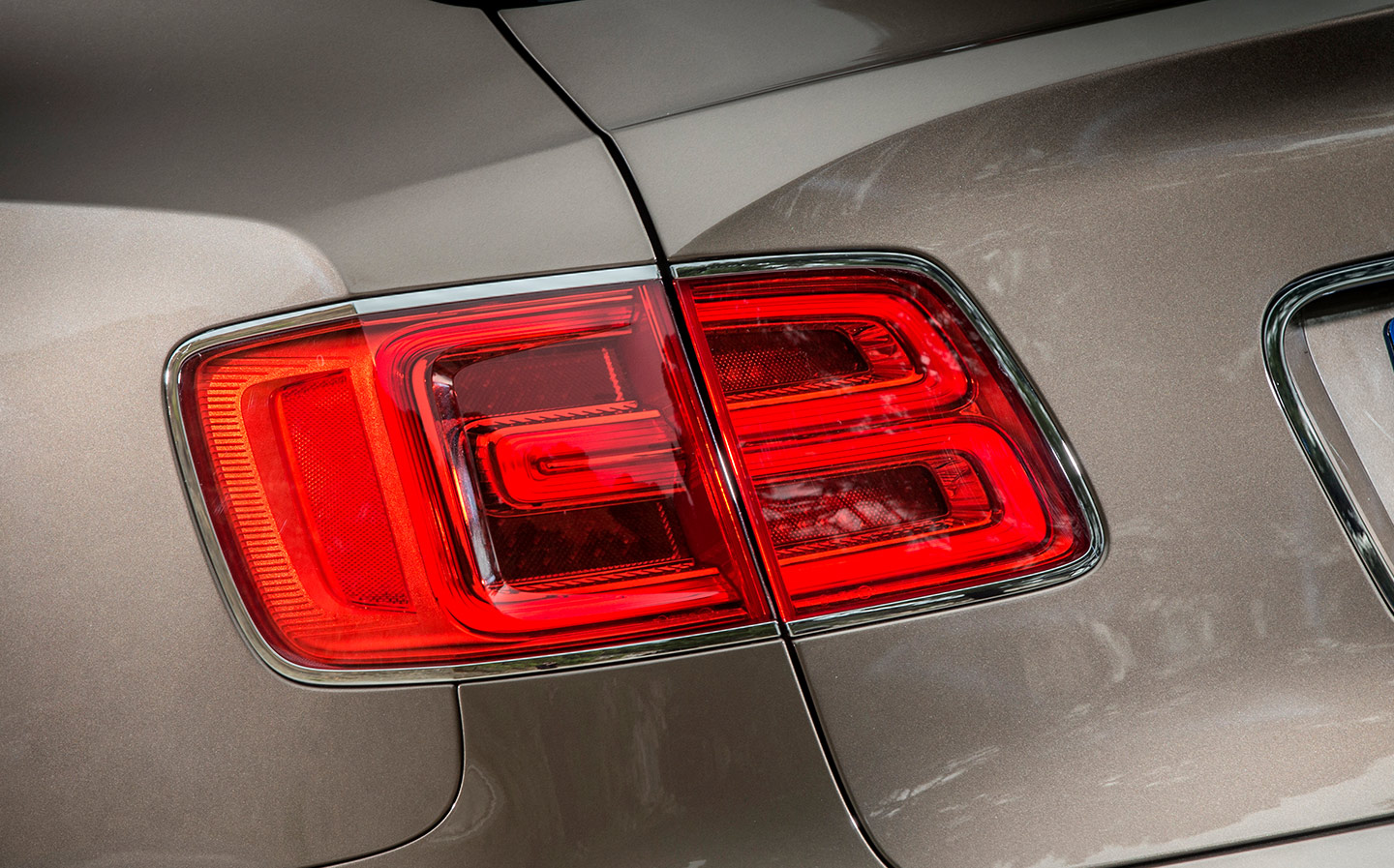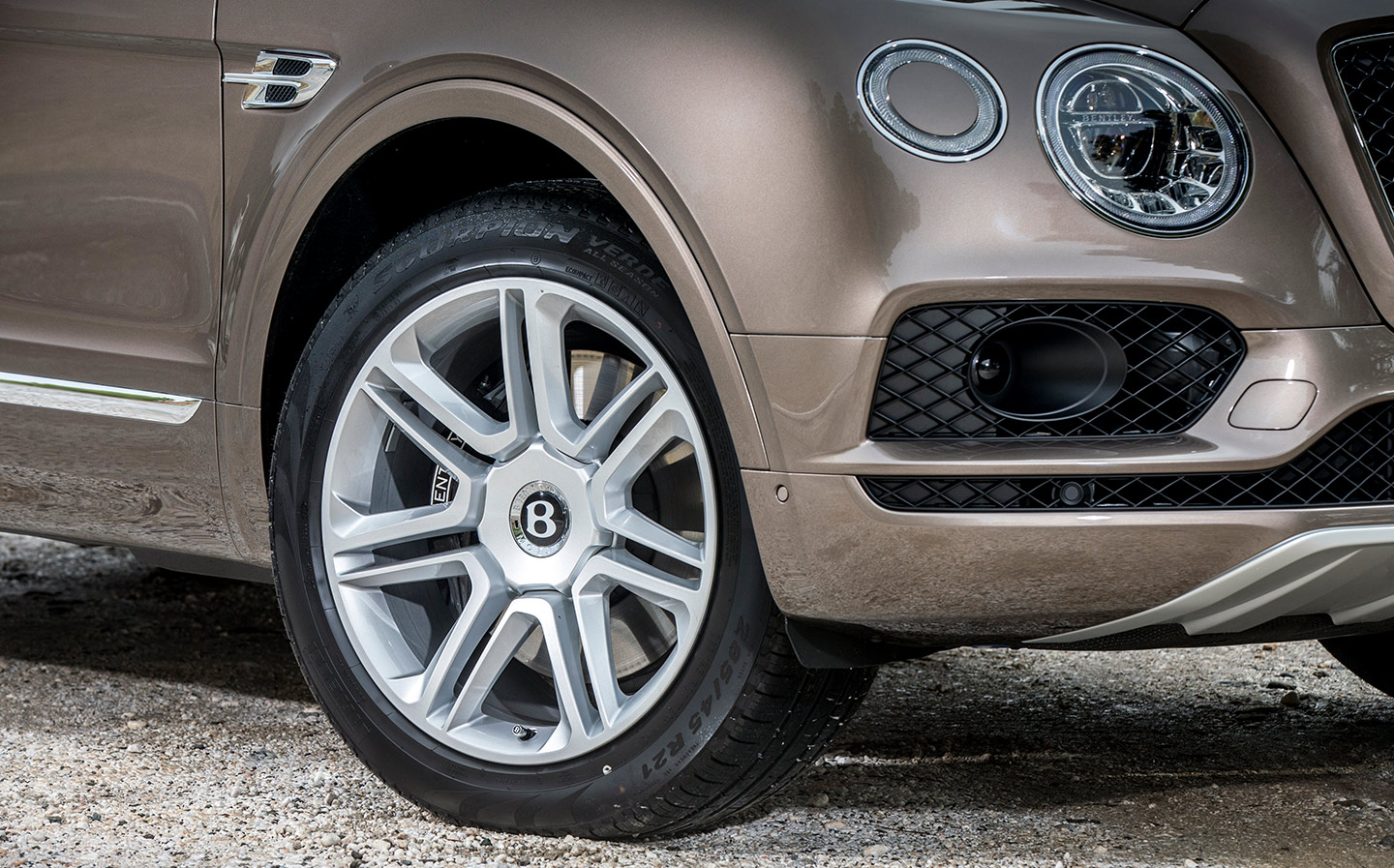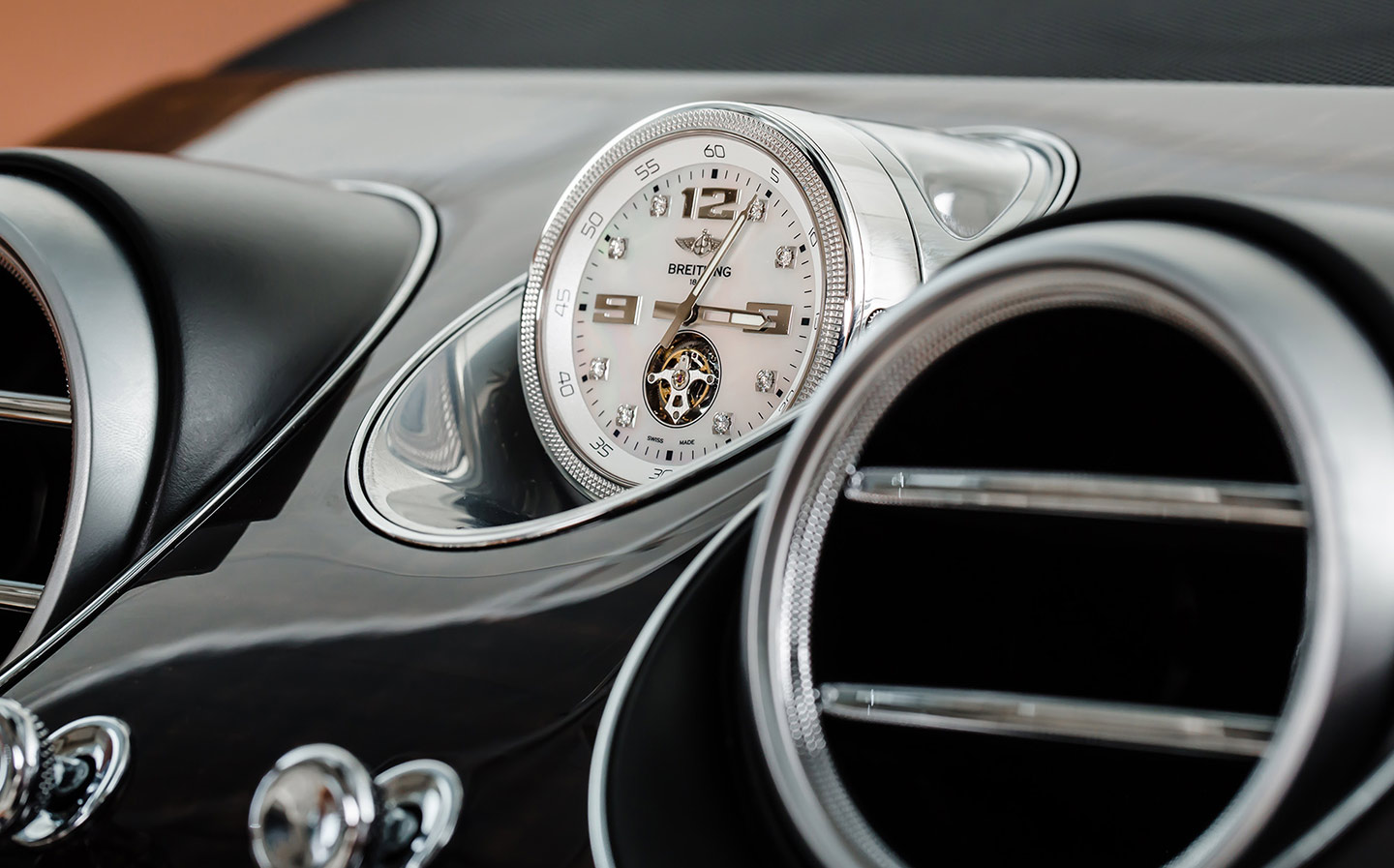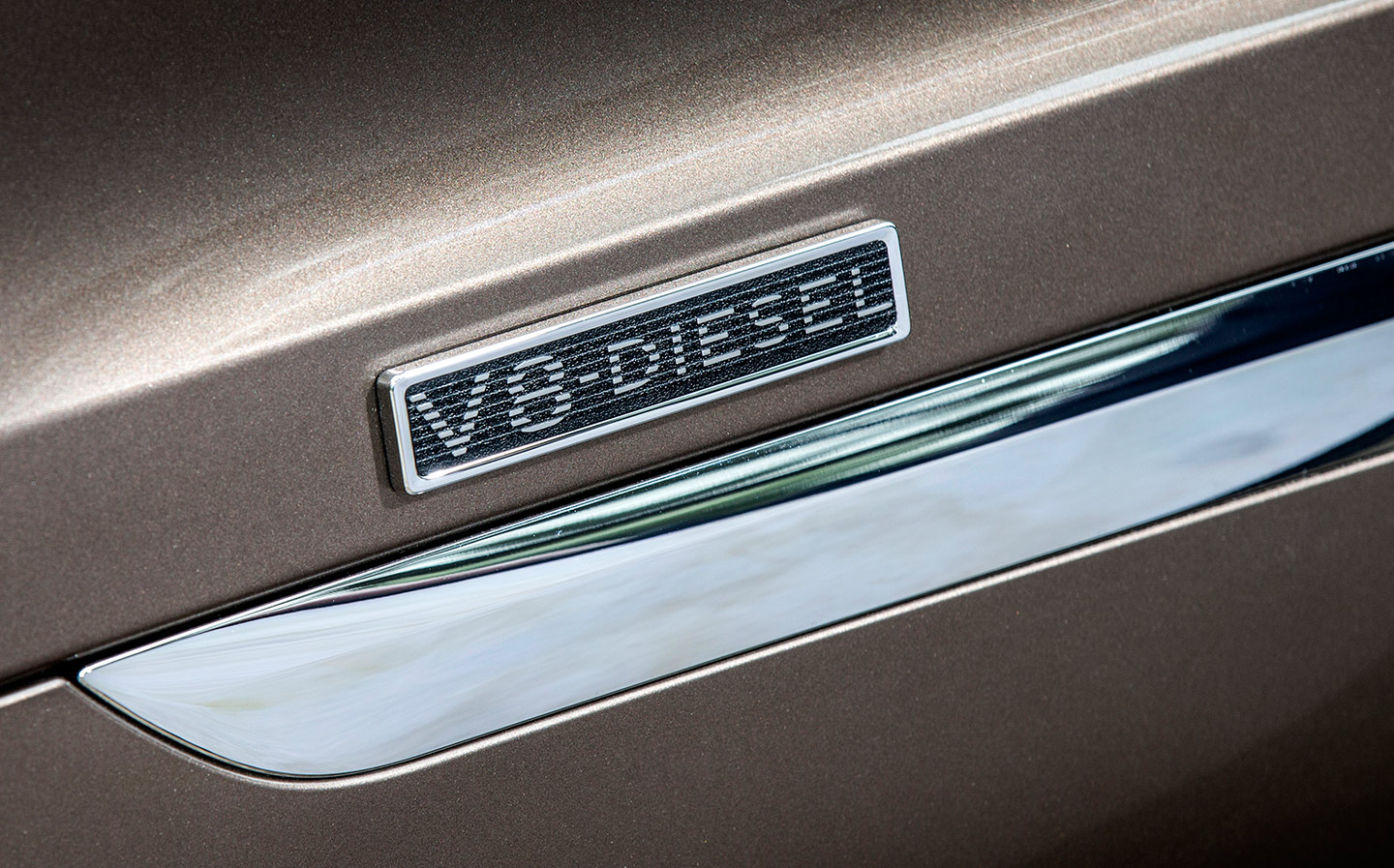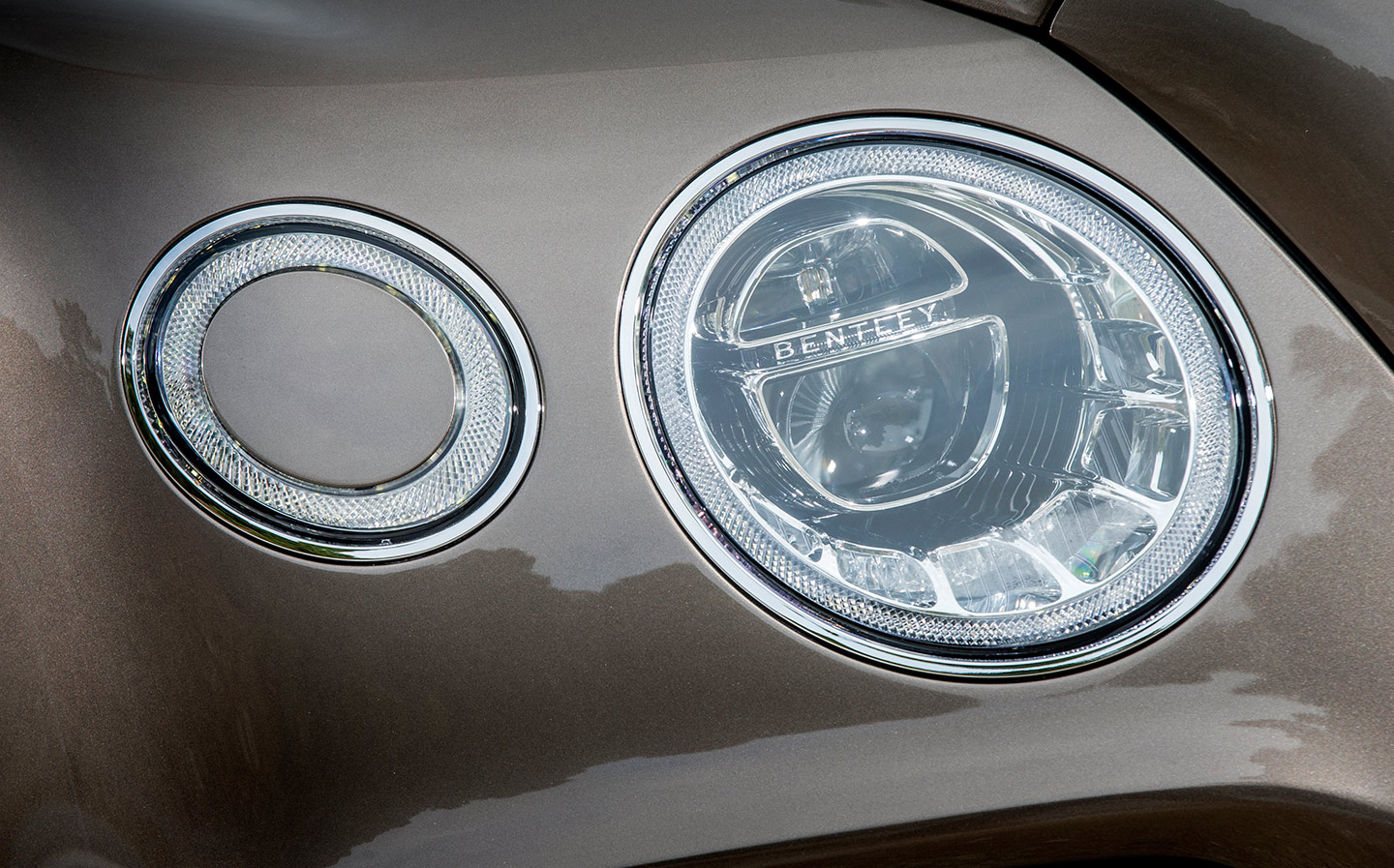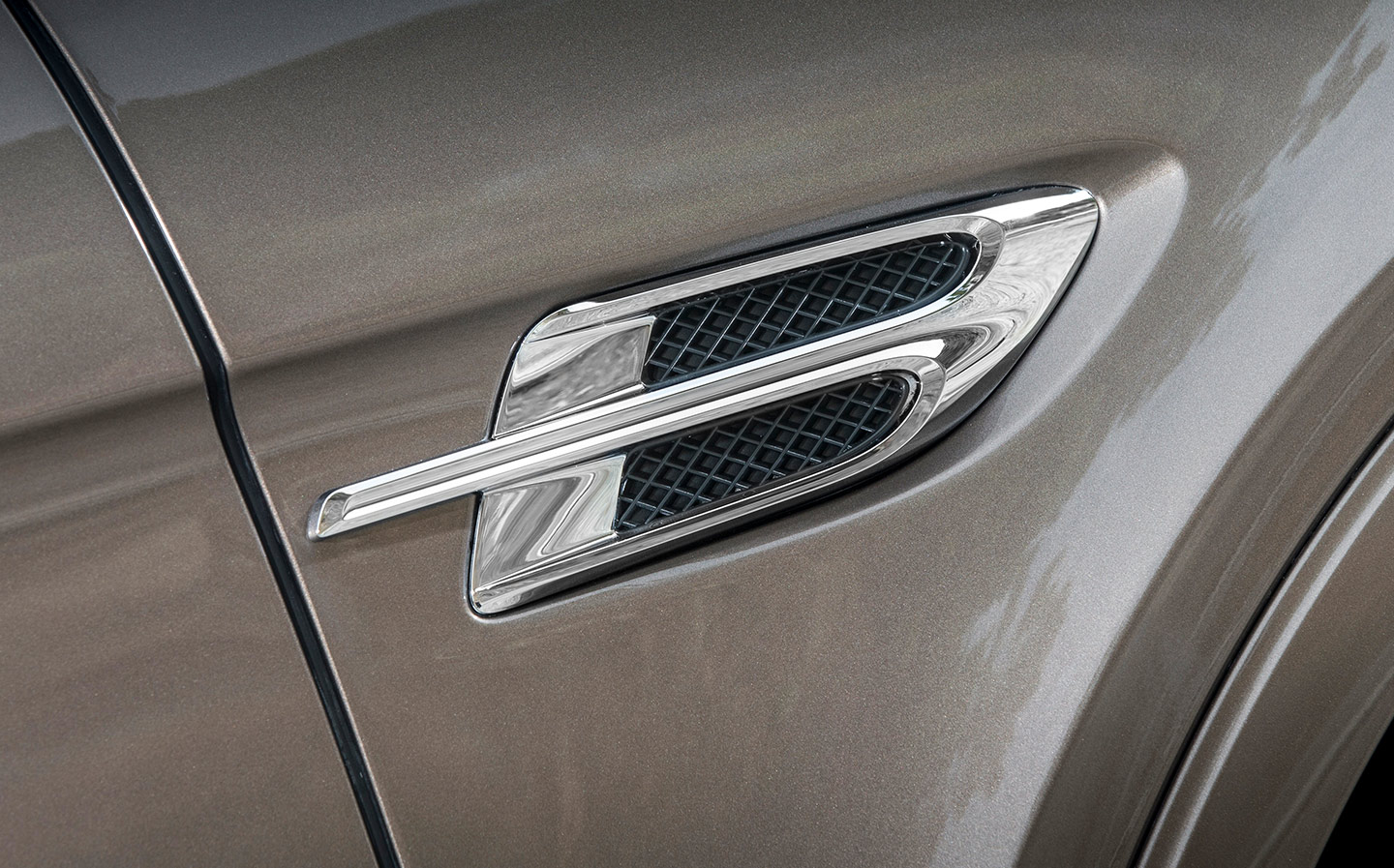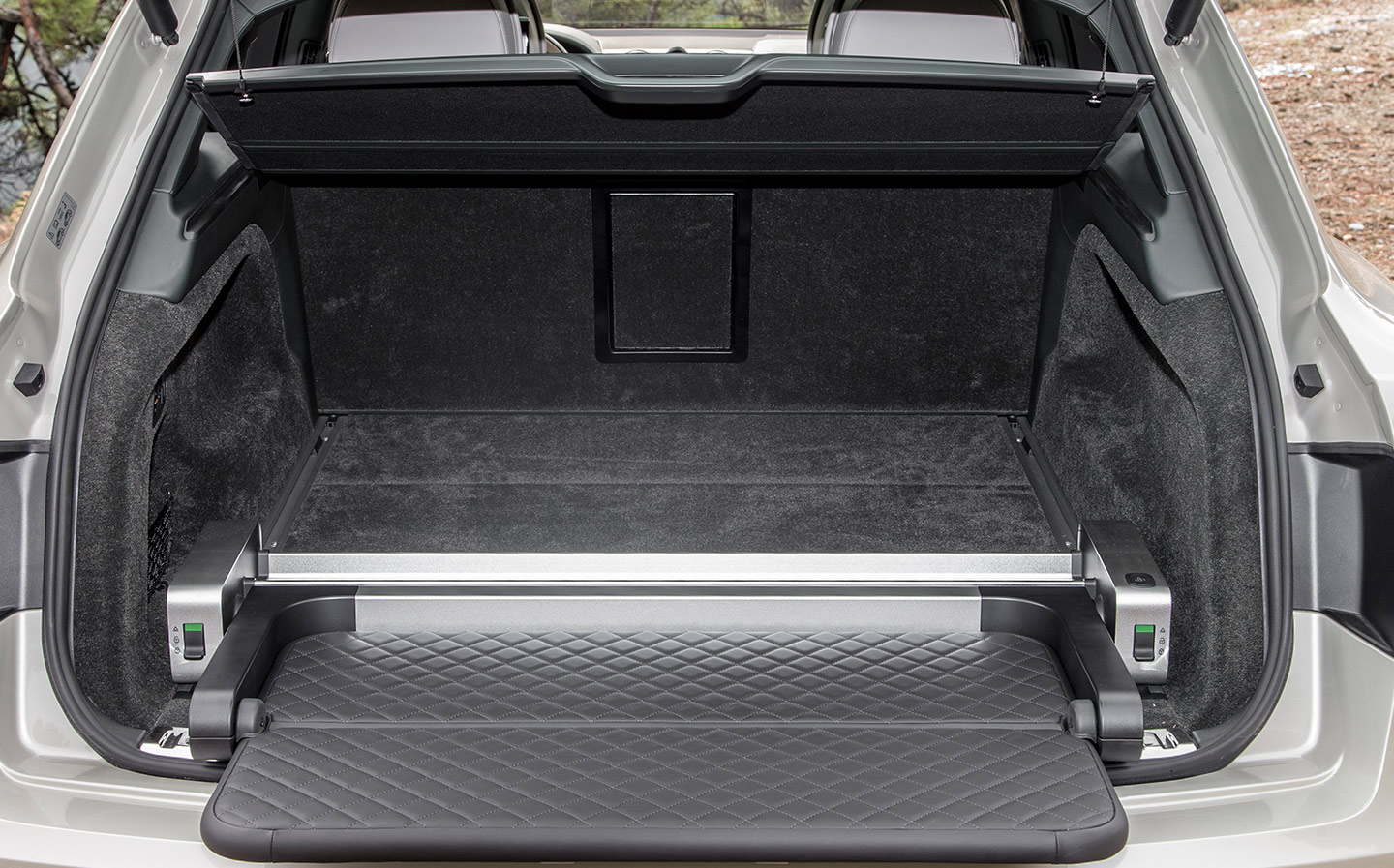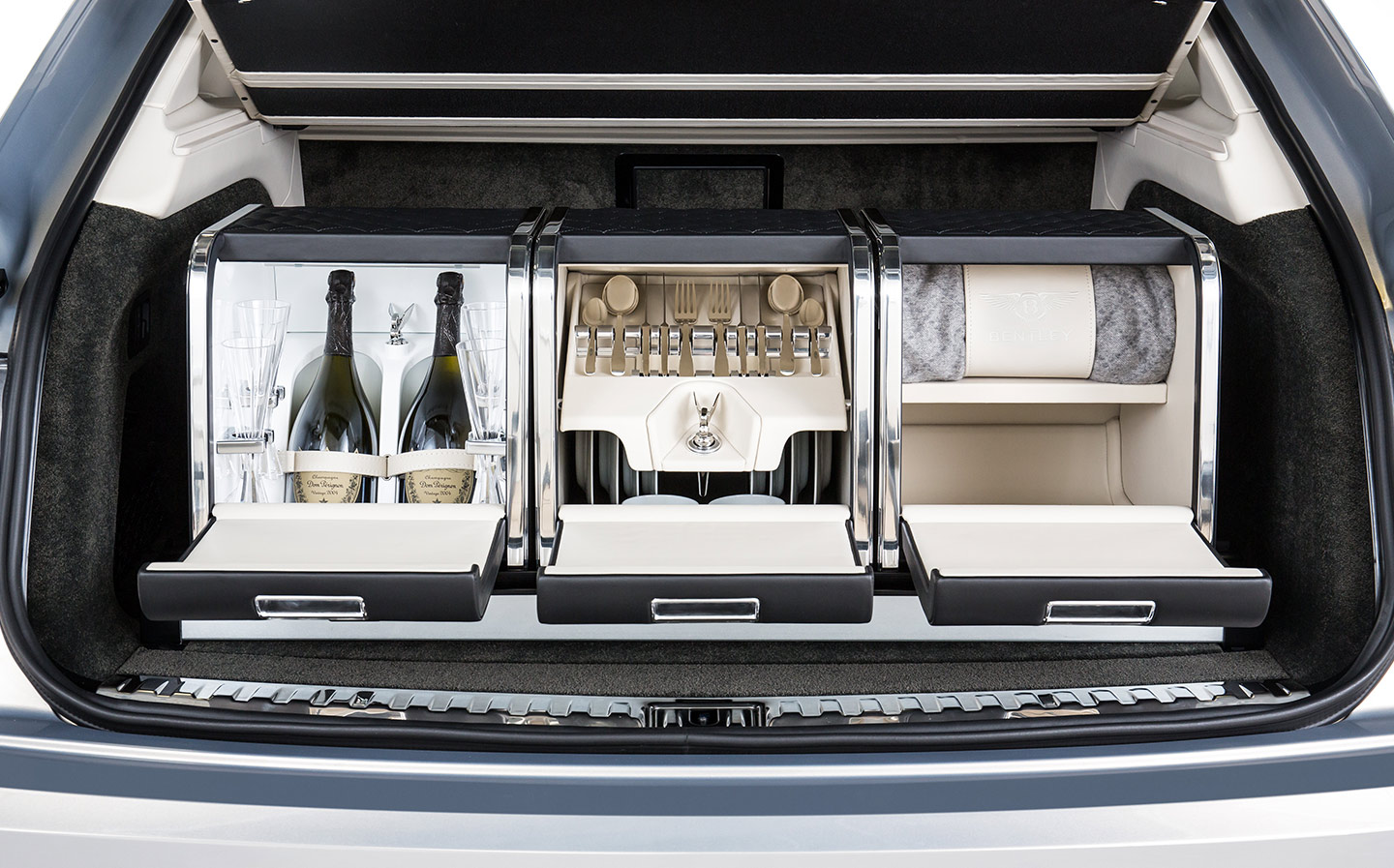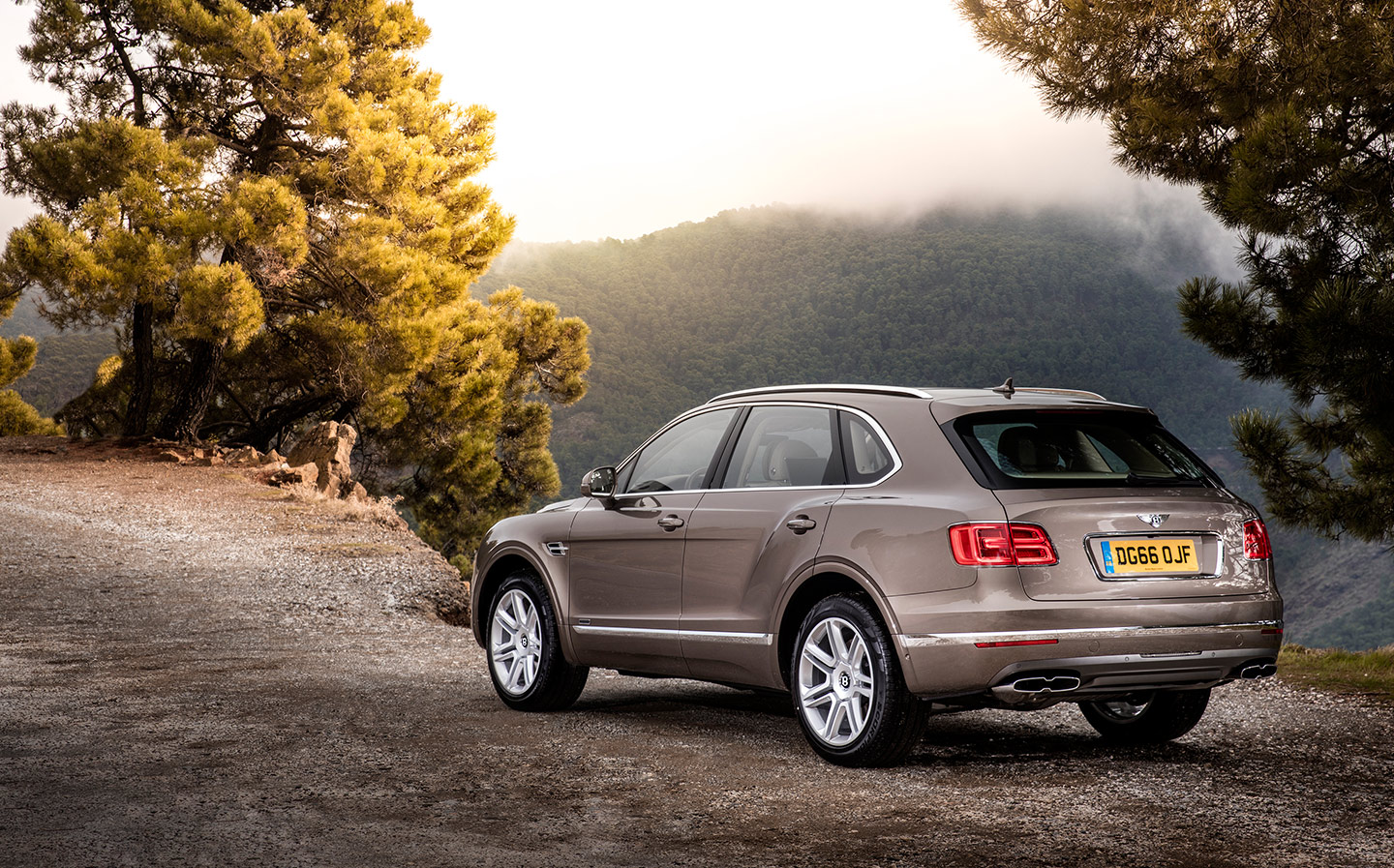Bentley Bentayga Diesel review (2017-on)
A heavyweight boxer wearing a dinner jacket
TALK ABOUT timing. At what may be the peak of anti-diesel sentiment, luxury car maker Bentley has chosen to introduce its first ever oil-burner. Is it a symbolic two fingers up at the environmentalists (and Westminster) from a company that services the 1% of the 1%; customers who apparently couldn’t give a fiddle about respiratory diseases as they waft around puffing away on large Montecristos?
Well, no, of course not. You may have noticed the term “peak anti-diesel”; we’ve had dieselgate, we know that diesel engines are far dirtier in the real world than current lab tests suggest and we’ve seen the headlines about diesel doubling the risk of dementia and air pollution causing 40,000 premature deaths a year. But even those reports recognise that the chief problem is related mostly to older cars with relatively primitive engines and exhaust systems. The dirtiest new diesel cars, it was suggested recently, are small, cheap cars such as the VW Polo, which “have less sophisticated emissions controls to save money and space”.
Whereas a Bentley can be fitted with all the bells and whistles mainly because the company’s patrons can afford them and its cars are as expansive as a royal residence. The Bentayga Diesel, which is, almost unbelievably, 9cm longer than the huge Audi Q7 and weighs 2.5 tonnes, is exceptionally clean, says Bentley.
Browse NEW or USED cars for sale
Yes, 210 grams of CO2 per kilometre won’t beat almost any other new car on the road, but it is the lowest amount of CO2 produced by any model coming out of – and to have come out of – Bentley’s Crewe HQ. And it’s modestly better than a current Range Rover 4.4 SDV8 SVAutobiography LWB (219g/km).
And in terms of harmful diesel gases, the Bentayga uses a number of systems to reduce the impact on air quality, including selective catalytic reduction (an additive called AdBlue turns harmful nitrogen oxides into harmless nitrogen and oxygen), an exhaust gas recirculation system (with a cooler “for maximum NOx reduction”), and a “bypass valve” for rapid engine warm-up.
Why, then, does Bentley guard the official figures for NOx and particulate matter? It would not provide them to Driving, saying simply the Bentayga Diesel’s engine emits “very low levels” of both. According to independent estimates the diesel SUV emits 4g/km of NOx, and 0g/km of particulate matter, which is again less than the Range Rover (7g/km and 0g/km respectively).
Not convinced? Fair enough, diesel will never be 100% “clean”, but then, emissions reduction wasn’t Bentley’s primary reason for creating its first diesel. The point of the Bentayga Diesel is in part to enable its first SUV to cross continents without the need to fill up the tank every five minutes, as might be required with a car powered by the alternative W12 (12 cylinders in a W formation) petrol engine. Diesel is the king of miles per gallon, and we were impressed to see the Bentayga Diesel achieving 32mpg on long runs — not far off its official 35.8mpg figure. That dropped significantly in stop-start traffic, where the engine has to get the car’s bulk into motion, showing that it’s most at home on long, unimpeded runs. The official range per tank is 621 miles; enough to get you from Chelsea to Geneva without stopping.
Diesel offers another advantage that is an essential part of Bentley’s oeuvre: torque, or twisting force. Essentially, a diesel motor has more muscle, at lower revs, for low speed manoeuvring. And that is perfect for venturing off-road, of course.
The Bentayga Diesel uses the 4-litre V8 engine derived from sister company Audi’s SQ 7, which has an electrically driven supercharger in addition to two turbochargers making it what Bentley calls “triple-charged”. Woe betide anyone implying Bentley shares an Audi powertrain, though: Bentley says it does extensive work to the engine’s electronic control unit on top of pairing it with bespoke transmission and exhaust systems, changing its character completely.
What we can say is that, while the Bentyaga Diesel may have less power than its W12 petrol sister (429bhp v 600bhp), it has exactly the same torque figure: a meteoric 664 lb ft. By way of comparison, the flagship Range Rover diesel produces ‘just’ 546 lb ft.
This helps make the Bentayga Diesel extremely capable off the beaten track. Bentley used the Range Rover as its gold standard for mud-plugging prowess, and made damn sure its car was a match for it on the rough stuff.
Like almost every owner, we suspect, during our week with the car in the UK we dared not take it down rocky ravines or wading through deep fords unsupervised.
We also know, from our time with the 6-litre twin-turbo W12 version, that the petrol Bentayga’s electronic brain, ride-height-adjusting air suspension (powered by a 48-volt system that also drives the supercharger) and four-wheel drive mechanicals do indeed work wonders away from the black stuff. “Never again do you need to be stuck up a creek without a china dinner service,” concluded Giles Smith.
Despite all the traditional craftsmanship, the Bentayga is one of the most technologically advanced cars on the market today
Bentayga offers four off-road modes, in fact; for snow and ice, gravel, mud or sand dunes. It’s likely that a £135,800 (or £162,700 for the W12) Bentayga will sit side by side with a Range Rover in an owner’s car collection, and the reality will be that perhaps 1% of the 1% of the 1% may, at some point, take their car from Geneva to Chamonix and expect it to be able to drive up an Alp without breaking a sweat.
It should be able to tow with the best of them, too, given the Bentayga Diesel’s official towing capacity is 3,500kg (in four- and five-seat guises; Bentley says the seven seat version is not to be used for towing). But, with a wry smile, the Bentayga’s product line chief told us, “If you can afford a Bentayga, your boat’s too big to tow.”
The problem with a luxury brand using a diesel engine, of course, is refinement. A rattly old oil burner? Doesn’t sound very “luxury”. For that reason, a great deal of time was spent making it seem, from inside the cabin, at least, like a thoroughly un-diesel driving experience. From the noise, vibration and smoothness through the transmission, it’s genuinely not easy to tell whether you have a diesel or a petrol V8 under the bonnet. This is partly down to an electronic noise compensation system, which can be tuned to varying degrees of quiet. Open the window and it becomes obvious, but the sound is still not offensive; it purrs along.
For all the off-road potential, a Bentley still needs to have smooth, effortless performance on-road. The company found that those willing to buy a Bentley sports utility vehicle were far more interested in the sports side of the market, which has been owned by the Porsche Cayenne since its launch in 2003, than the utility side of things. So it made the Bentayga the fastest SUV in the world, with a 187mph top speed, and made sure the diesel version was the fastest of its kind, too: it can reach 168mph, and accelerate from 0-62mph in 4.8sec. Experiencing two-and-a-half-tonne lump accelerating as quickly as a Ford Focus RS hot hatch is a little mind-scrambling.
Yet there had to be no concessions to creature comforts either, so the company packed it with the usual wood veneers, which are cut, lacquered, sanded and polished in-house, as well as Nappa leather, hand-stitched by ladies in Crewe, too (sorry, folks, we didn’t see any men at the banks of sewing machines on our recent factory tour).
Despite all this traditional craftsmanship, the Bentayga is one of the most technologically advanced cars on the market today. The air suspension, for example, has to be not only unbelievably tough at a 3mph crawl but also sophisticated and powerful enough to deal with corners at 160mph. It must take every ounce of the 48-volt electrical brain to keep the thing from toppling over, yet not only does it manage it but the car feels level and nimble, even, through twists and turns. It feels heavy, yes, but the steering is precise and rewarding, while the levels of grip inspire confidence.
Then there are the gadgets: an 8in touchscreen infotainment system; full LED headlights with auto-dipping high beam; heated and cooled seats with six massage functions including “lumber”, “shoulder”, “stretch” and “wave”; an Apple Watch app that can control seats, entertainment and climate control; and a monstrously powerful (700w or even 1,950w with 18 speakers) Naim stereo.
The Touring Specification pack adds Bentley Safeguard Plus, which applies the brakes if it thinks you’re about to hit something, and Predictive Adaptive Cruise Control, which not only keeps you a set distance from the vehicle in front but also uses navigation data, sensors and cameras to predict upcoming corners, city boundaries and speed-limit changes, modifying speed accordingly. It also includes Electronic Night Vision, a system lifted from the Audi RS6 that uses infra-red technology to identify potential obstacles ahead.
Browse NEW or USED cars for sale
There’s also the City Specification pack, which includes Traffic Sign Recognition, Park Assist (parallel and bay) and Rear Crossing Traffic Warning. And in the back, rear passengers can get the new Bentley Entertainment Tablet – a removable 10.2” Android device with 4G, WiFi and Bluetooth connectivity.
In other words, despite the traditional craft and materials, the Bentayga is as high-tech as they come.
But then, with a base price of £135,800 and an options list that will make the average Joe weep (£11,735 for the Mulliner Driving Specification trim; £4,330 for City Specification; £6,195 for Touring specification; a Mulliner bespoke hamper for £22,000; a Breitling clock for — get ready — £105,000), you’d expect bells and whistles, not to mention cymbals, snare drums and the rest of the percussion section. For most of us, the Bentayga is but a dream; for those who can slot one into their already impressive fleet, it’s a must.
And for those who actually want to cross continents in one, the diesel option is a remarkably refined alternative that will mean fewer pesky trips to the filling station.


